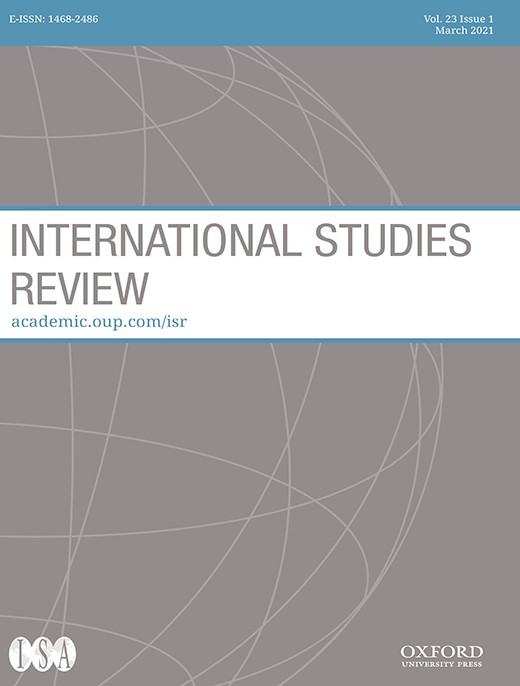-
Views
-
Cite
Cite
Christoph Trinn, Thomas Wencker, Integrating the Quantitative Research on the Onset and Incidence of Violent Intrastate Conflicts, International Studies Review, Volume 23, Issue 1, March 2021, Pages 115–139, https://doi.org/10.1093/isr/viaa023
Close - Share Icon Share
Abstract
Quantitative research into the causes of violent intrastate conflicts has recently shifted away from classical country-year-level regression analyses. When taking steps in new directions, researchers should be mindful of the extent and quality, and indeed of the limitations, of the knowledge accumulated by the scholarly endeavors in the booming period between 2000 and 2015. This article traces trends and patterns regarding the use of explanatory variables and datasets in ninety-four individual studies. It synthesizes findings with regard to 107 explanatory concepts. Drawing on the sign test, the analysis identifies a set of consensus variables likely to determine the onset and incidence of violent intrastate conflict. These factors capture robust covariations and lend themselves as elements of a “standard model specification.” Turning to causal mechanisms, the article discusses why variables that turn out to be significant in statistical analyses should have any effect. This is completed by a substantial discussion of the remaining theoretical problems and of methodological prospects that promise paths for future research.





